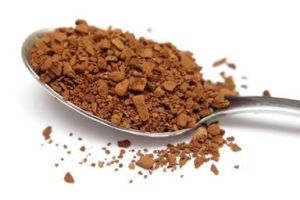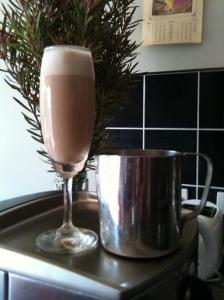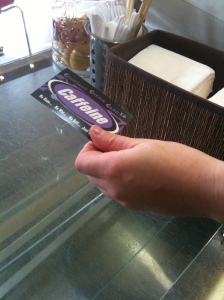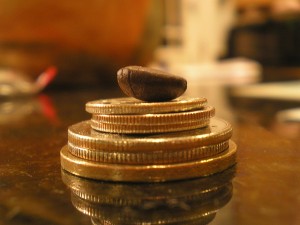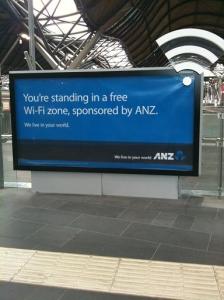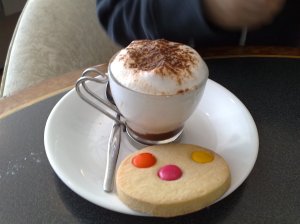 Sailing in from Shanghai in 1925, Ivan Repin, his wife and children disembarked the Tango Maru in Sydney to start a new life. Like many Russians in early 20th Century Australia, Repin and his family were refugees who had left as a result of the 1917 Bolshevik revolution and civil war.
Sailing in from Shanghai in 1925, Ivan Repin, his wife and children disembarked the Tango Maru in Sydney to start a new life. Like many Russians in early 20th Century Australia, Repin and his family were refugees who had left as a result of the 1917 Bolshevik revolution and civil war.
Repin had studied engineering in St Petersburg, but as the economic crises of the 1920’s loomed and a foreign tongue showed, it was tough for Russians to find work in their field.
After trying his hand at a few different occupations, including running his own single bus line, Repin the entrepreneur opened his first ‘coffee inn’ in 1930, shortly after he was naturalised. By 1934, he had two shops open, first on Sydney’s King Street then on Pitt.
His geographical inclination can be largely attributed to his success. As there were close to 2,000 Russians in Sydney, most of them were located within close proximity to his coffee inns, including the ethnically established club, the Russian House.
Repin employed many Russian speakers including Estonians and Ukrainians in his shops as they became a haven for misplaced office workers who could no longer afford to rent premises because of the Depression.
Opening mail, company meetings and networking were all frequent business within Repin’s inns which also included proper coffee and rich breakfast like sweet cranberry waffles and eggs on toast.
‘Repin’s coffee inns were also to some extent a home away from home for Russian speakers in Sydney, including those of the visiting Ballets Russes dancers whose first language was Russian,’ historian Michelle Potter from ANU remarks on the hospitality Repin’s business showed travelling Russian Ballerinas.
It was a completely different concept to the way coffee was viewed in the predominately tea drinking society in Sydney. Although coffee or tea was inclusive with a breakfast order at the inns, a lone cup of coffee or iced coffee was charged, an idea which spread like wildfire when Italian immigrants entered the scene in the fifties.
But you weren’t so much paying for the fast service it was more an admittance fee for a type of European sophistication not present in the pub on the corner.
As his inns sprouted up around Sydney, Repin travelled to the United States to source out better coffee and learn from the industry abroad. Much like coffee roasters do now, when they fly to Guatemala, Kenya or Indonesia to find produce for their roasters, Repin wanted the best for his customers.
In 1948, Repin purchased a coffee roaster and sold fresh take home beans over the counter. He had become a coffee enthusiast by this point and wanted to share his passion for superior product with Australia.
Repin didn’t just give Sydney a palate workout, he introduced a venue that housed culture, like-mindedness, great coffee and a place for migrants, refugees and Australians to go to escape a tough economy and get back on their feet.

